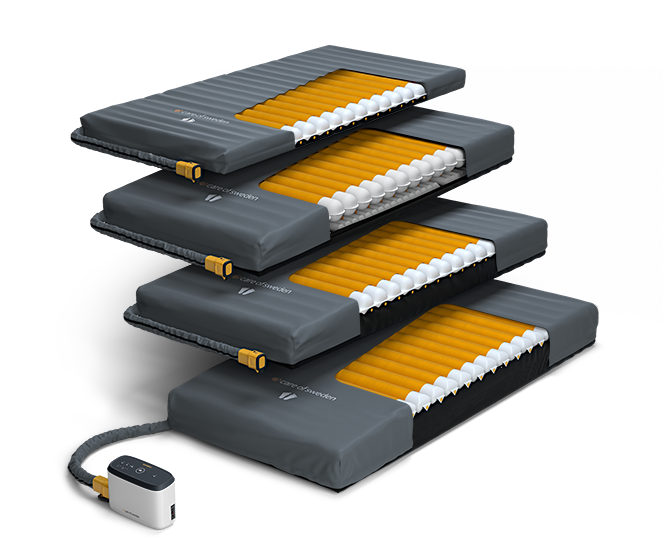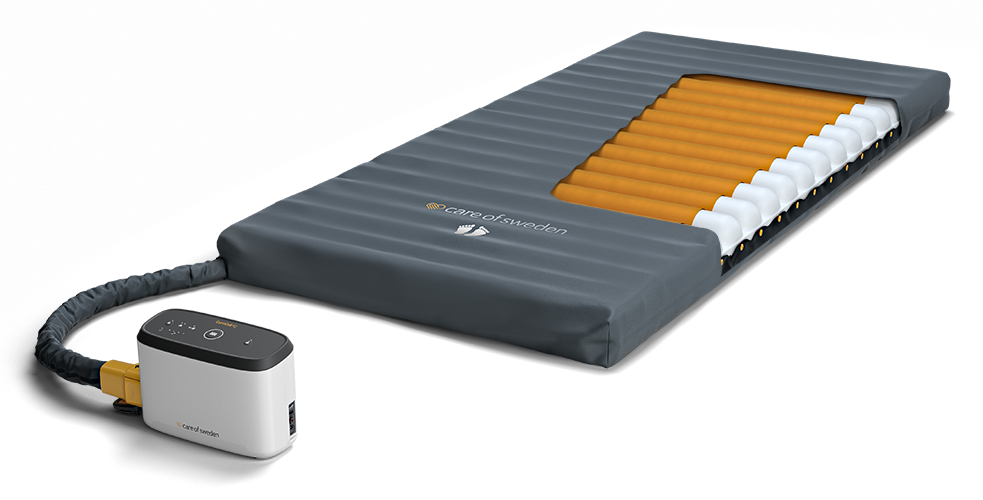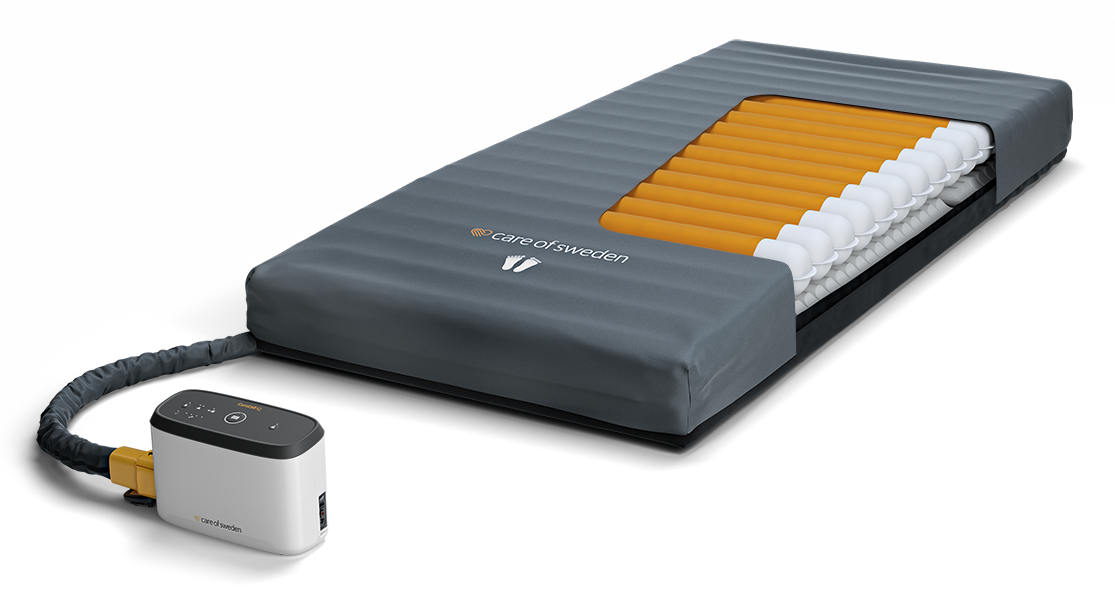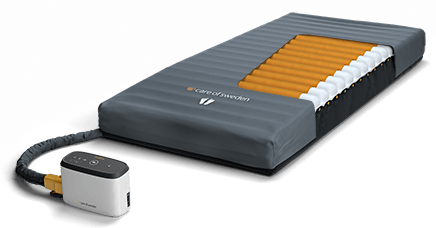CuroCell® IQ
Our most advanced innovation: intelligent brain combined with a user-friendly interface.
Care of Sweden is committed to reducing the risk of pressure ulcers/injuries for all individuals while providing healthcare professionals with the tools for personalized care and a good health economy.
To achieve clinical effectiveness and patient safety while also freeing up valuable time for healthcare providers, we have opted to develop CuroCell® IQ.
With CuroCelI® IQ, we aim to address the complex challenges of an ageing population and the shortage of healthcare workers. Designed for ease of use and a quick learning time, the control unit offers our most user-friendly interface, seamlessly integrated with our most advanced technology.
The Story
Healthcare is facing complex challenges due to an aging population and reduced healthcare resources. The World Health Organization projects a shortfall of 10 million healthcare workers globally by 2030(9), presenting significant challenges to delivery of quality healthcare.
To provide the best possible care for individuals at risk of pressure ulcers/injuries, we must not only treat their medical conditions but also consider values that affect well-being and quality of life, such as reduced pain and improved comfort. At the same time we need to enable healthcare to dedicate more time to patient care.
This is where CuroCell® IQ and the Pulsating Mode™ comes into play
Streamline resources and enhance patient safety
CuroCell® IQ has been developed to enable healthcare professionals to focus on patient-centered care. Powered by AI and advanced algorithms, the system uses high-precision sensors to continuously monitor the individual’s weight, height, and position, adapting to each individual. If the individual’s weight or position changes, the system reacts and adjusts the contact pressure between the individual and the support surface.
The aim is to enhance comfort, improve patient safety, reduce the risk of cell damage, and reduce the need for manual handling. This, in turn, simplifies the caregivers’ workflow and ensures adequate pressure relief and distribution.
Due to the recirculation of air within the support surface, the system does not require continuous operation. This reduces wear and tear, allowing us to offer a service-free system for the initial five years.
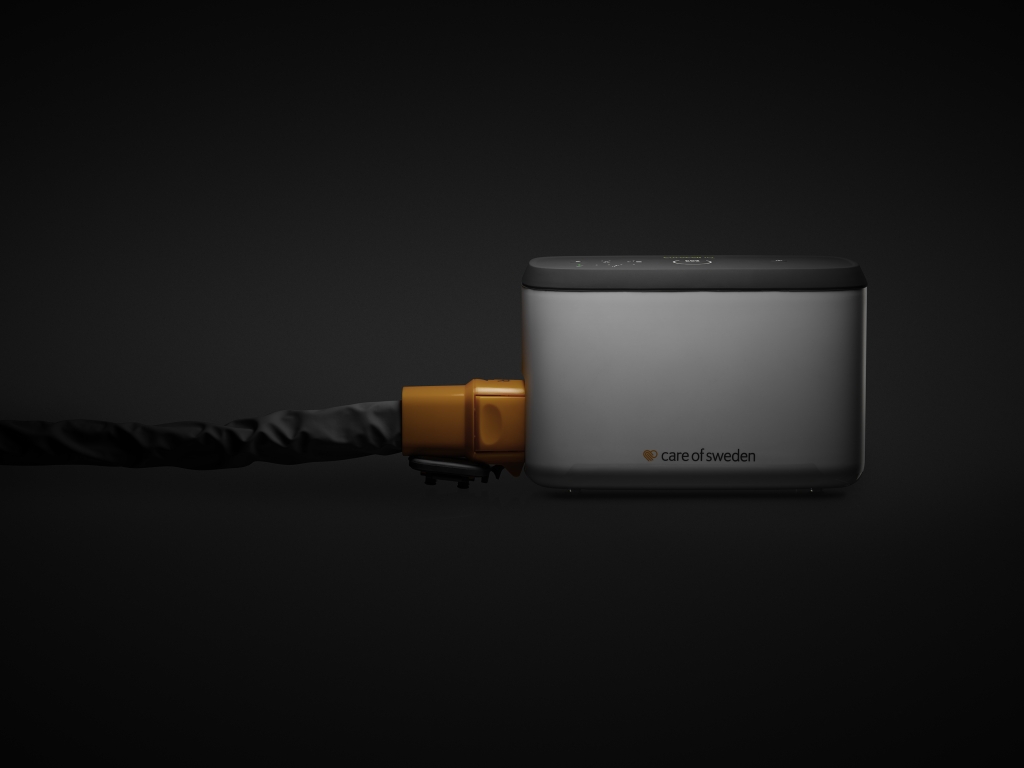
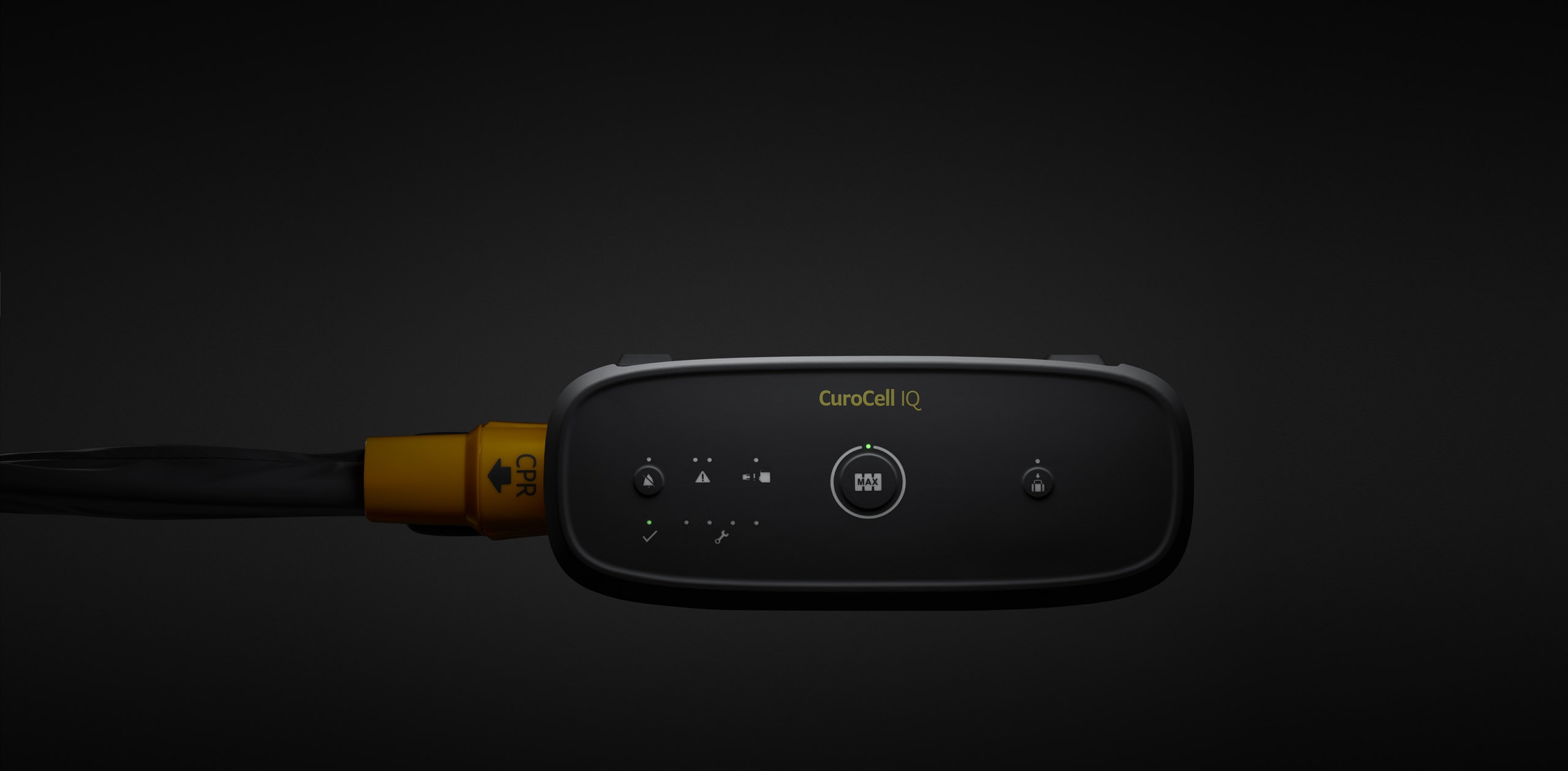
Prevention and treatment of pressure ulcers/injuries
While prioritizing preventative care is crucial, the Pulsating Mode™ has also demonstrated efficacy as an aid in the actual treatment of pressure ulcers/injuries. The Pulsating Mode™ has proven to be treating pressure ulcers in 30 days(1), compared to the expected healing time of up to 155 days(2).
The cost of pressure ulcer/injury care decreases significantly when these wounds can heal within a shorter timeframe. The time healthcare professionals need to dedicate to each patient decreases, freeing up resources that can be used more efficiently within the healthcare system(10).
Undisturbed sleep and reduced pain
Sleep and a calm environment are key components for recovery and well-being, and it is during sleep that the cells in the body are repaired(5)(6), promoting wound healing.
The Pulsating Mode™ is developed to improve comfort and stability by reducing movements and fluctuations in the support surface. In addition, the silent running(3)(4) of the control unit enables conditions for undisturbed sleep and recuperation. In a clinical study, the individuals even reported pain reduction while using a support surface with the Pulsating Mode™(1).
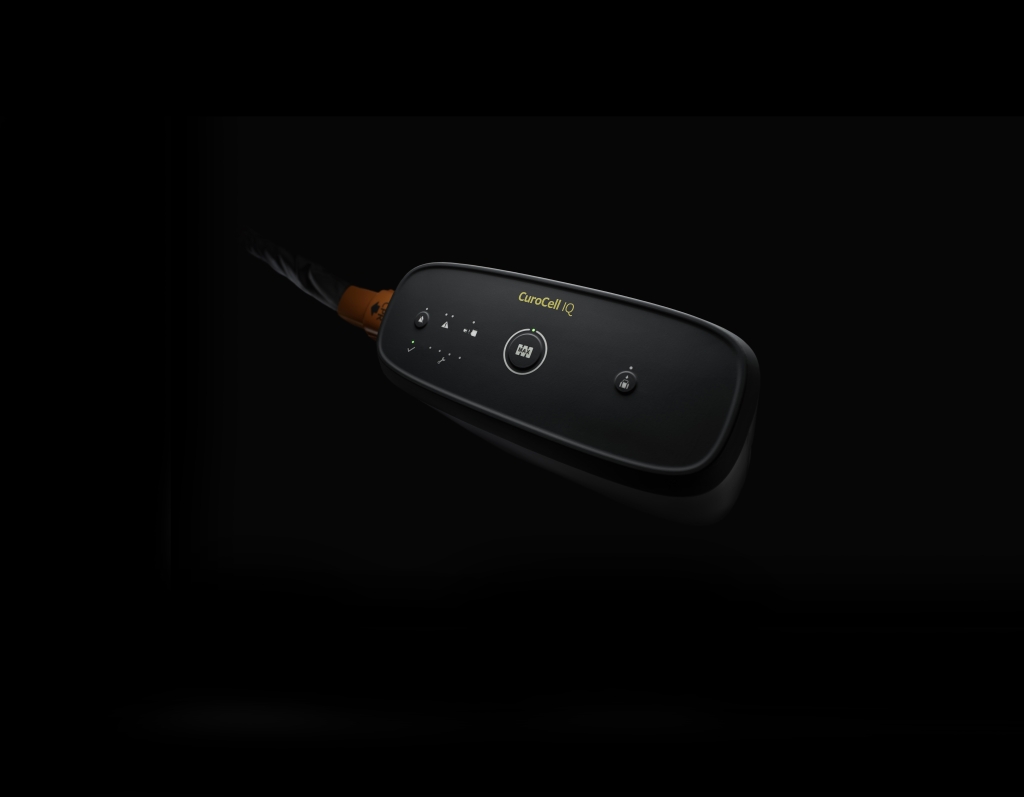
Features
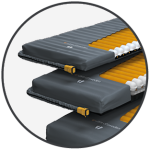
Fully autonomous
Internal pressure automatically adjusts based on the patient’s weight, height, and position.
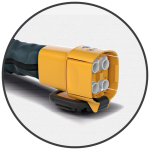
In the event of a CPR-situation
Disconnect the CPR connection from the control unit and leave the lid open to quickly deflate the support surface.
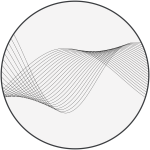
Quiet and comfortable
The Air Flow Control™ system reuses air, enabling the control unit to operate quietly and intermittently, supporting restful sleep and recovery.
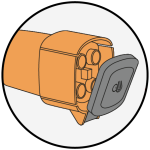
Maintains air during transport and power failure
By disconnecting and sealing the CPR connection, the air pressure in the support surface can be maintained for at least 12 hours without being connected to the control unit.
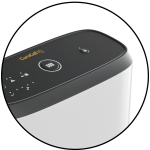 Clinically proven
Clinically proven
The Pulsating Mode™ uses artificial intelligence to combine soft, alternating movements with constant low pressure to offer a large contact area and to reduce high peak pressures. Its clinical effectiveness is well-documented(1).

Easier handling and infection control
Pack&Go® enables the support surface to be deflated without the need to manually deflate air from potentially contaminated products, for the system to be easily packed away.
 Integrated heel function
Integrated heel function
The support surface is designed with an integrated heel function, aiming to reduce pressure on the heels.

Adapts to type of support surface
The CPR connection features an identifier that automatically selects the corresponding program in the control unit based on size and type of support surface.
Functions
Maximum pressure (Caring mode)
 The air cells are filled with maximum air pressure to provide
The air cells are filled with maximum air pressure to provide
stability during bed entry/exit and during patient care.
Returns to the previous settings after 20 minutes.
Mute information signal
 Is used to mute notifications, preventing any alerts or
Is used to mute notifications, preventing any alerts or
sounds from disrupting current activity or creating a
distracting environment.
Pack & Go
 Pressing a button is all that is required to deflate the support
Pressing a button is all that is required to deflate the support
surface, this process takes approximately 20 minutes.
Technical specification
General
CE-marking
Cleaning instruction
Wipe with cleaning agent and/or disinfectants.
Machine wash max 95 °C, tumble drying
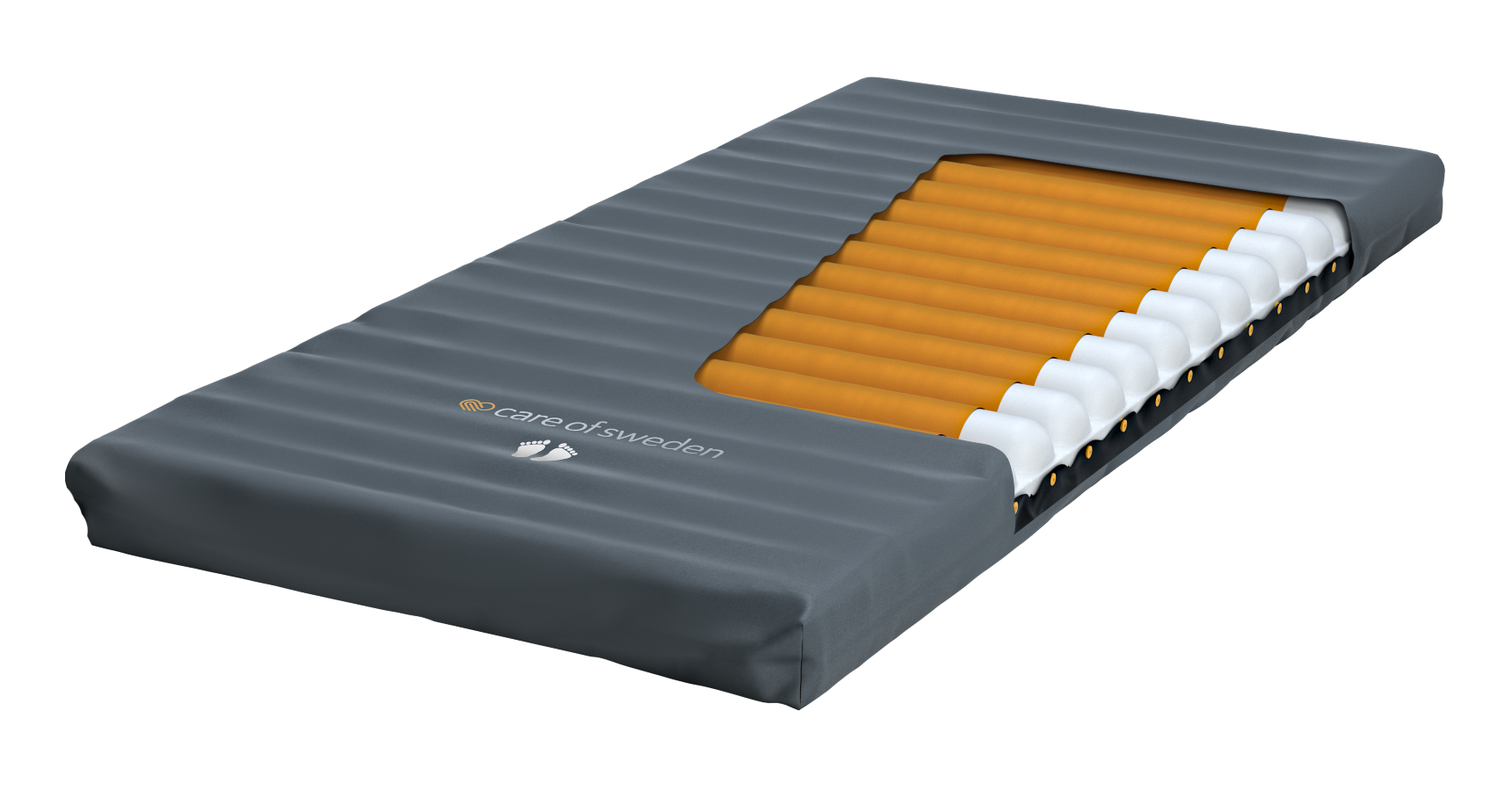
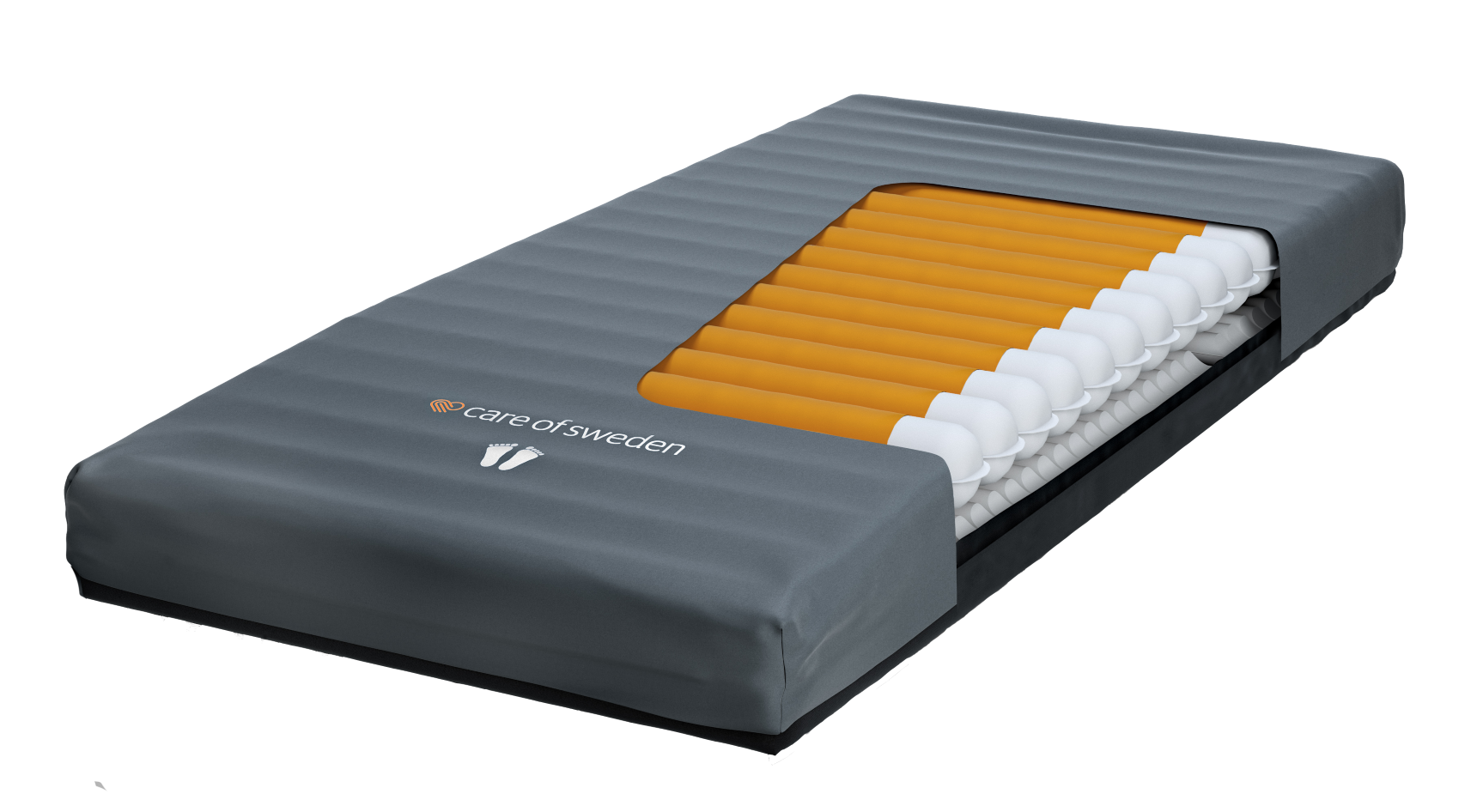
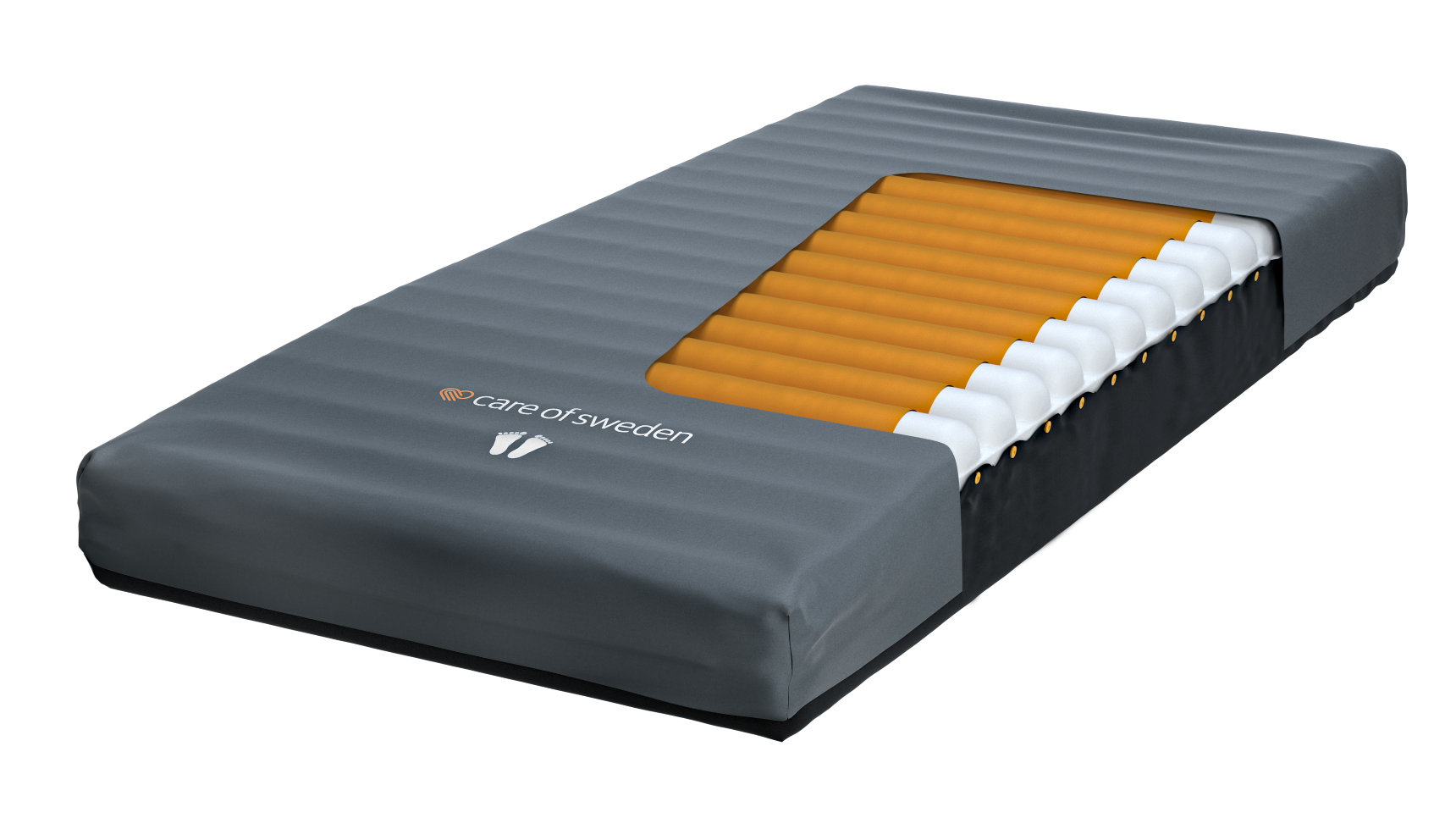
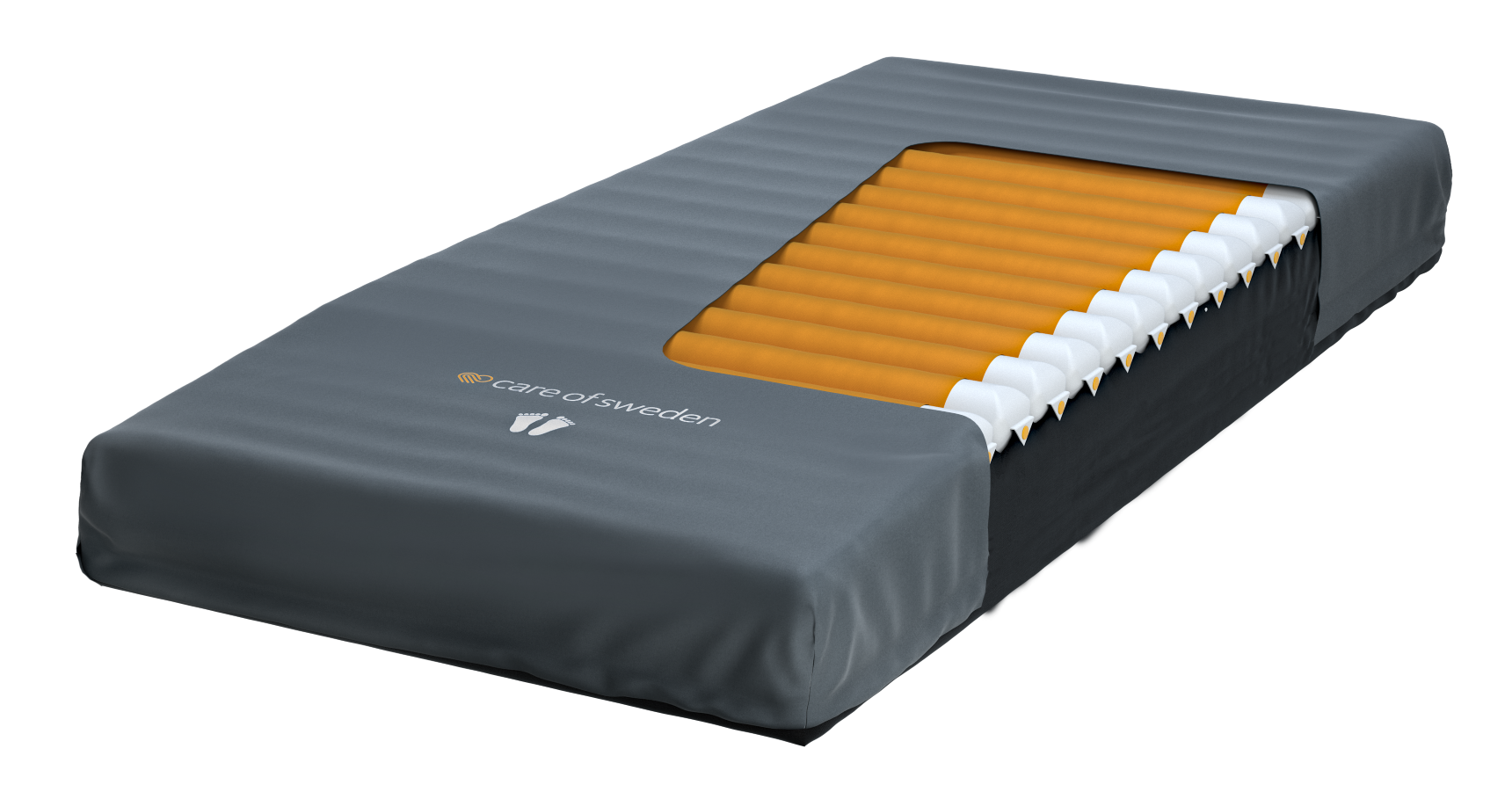
Videos
Documents
IFU and Product Sheet
References
(1) Raepsaet, C., Zwaenepoel, E., Manderlier, B., Van Damme, N., Verhaeghe, S., Van Hecke, A., & Beeckman, D. (2021). A Fully Automated Pulsating Support System for Pressure Injury Prevention and Treatment in 10 Belgium Nursing Homes: An Observational Study. Journal of wound, ostomy, and continence nursing : official publication of The Wound, Ostomy and Continence Nurses Society, 48(2), 115–123. https://doi.org/10.1097/WON.0000000000000746
(2) Dealey, C., Posnett, J., & Walker, A. (2012). The cost of pressure ulcers in the United Kingdom. Journal of wound care, 21(6), 261–266. https://doi.org/10.12968/jowc.2012.21.6.261
(3) EN ISO 11201 Acoustics – Noise emitted by machinery and equipment – Determination of emission sound pressure levels”, SP 2018.
(4) ISO 3746:2010 ”Acoustics – Determination of sound power levels and sound energy levels of noise sources using sound pressure – Survey method using an enveloping measurement surface over a reflecting plane”
(5) Hsu et al., “Noise pollution in hospitals: Impacts on patients”, J. Clin. Out. Mgmt. 2012, vol 19, no 7, p301-309
(6) Johansson et al., “The sound environment in an ICU patient room – a content analysis of sound levels and patient experiences”, Intensive and Critical Care Nursing Journal, Oct 2012, 28(5), p.269-279
(7) European Pressure Ulcer Advisory Panel, National Pressure Injury Advisory Panel and Pan Pacific Pressure Injury Alliance. Prevention and Treatment of Pressure Ulcers/Injuries: Clinical Practice Guideline. The International Guideline. Emily Haesler (Ed). EPUAP/NPIAP/PPPIA: 2019.
(8) Wound Management and prevention, Volume 60 – Issue 1 – January 2014 ISSN 1943-2720. Providing Quality Skin and Wound Care for the Bariatric Patient: An Overview of Clinical Challenges.
